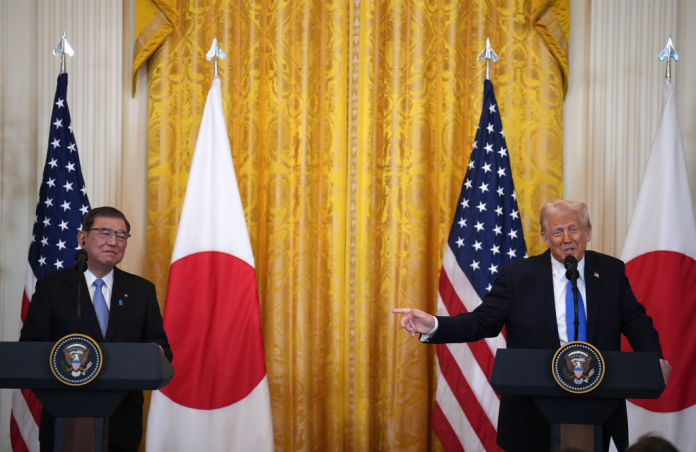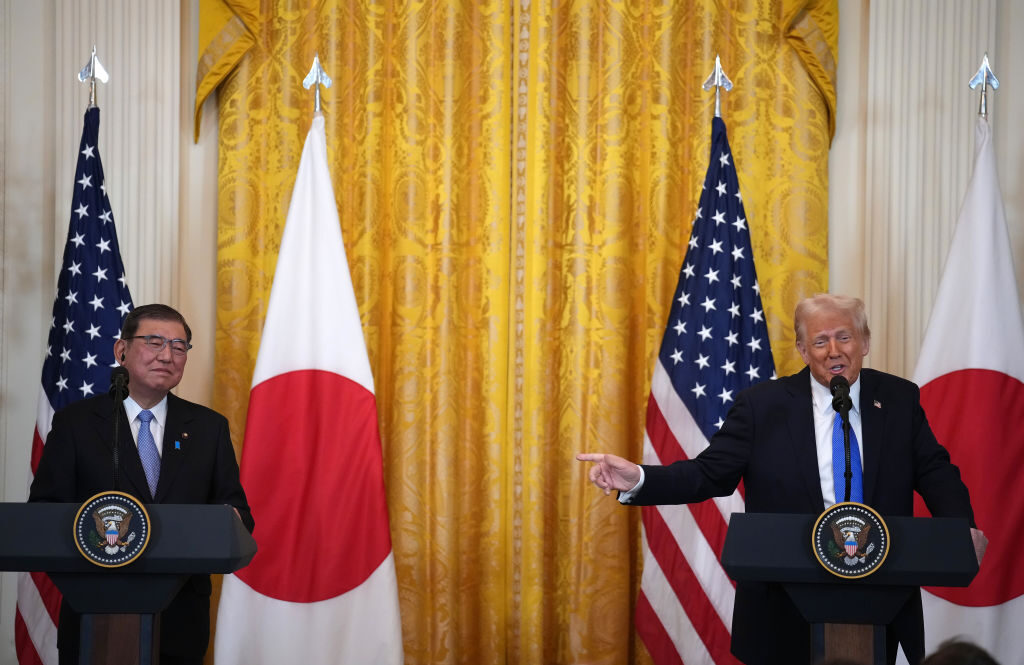
What happens when a defense deal, a resource pact, and a diplomatic charm offensive come together in Tokyo? The result is a high-stakes alignment between two of the most influential powers in the world, with the aim of reshaping both the balance of security and supply chains in the Indo-Pacific. The most recent meeting between US President Donald Trump and Japan’s Prime Minister Sanae Takaichi was not merely another bilateral handshake but a move on many fronts.
The two leaders have signed agreements on everything from tactical missile acquisitions to cooperation on rare earths, from shipbuilding resilience to symbolic gestures with deep political undertones, in the span of a single day. Humanitarian issues, such as the decades-old abduction of Japanese citizens by North Korea, underlined the breadth of the partnership.
Below is a listicle summarizing the biggest components of the summit and showing how each piece fits into a broader strategy blending defense readiness, economic security, and diplomatic positioning.
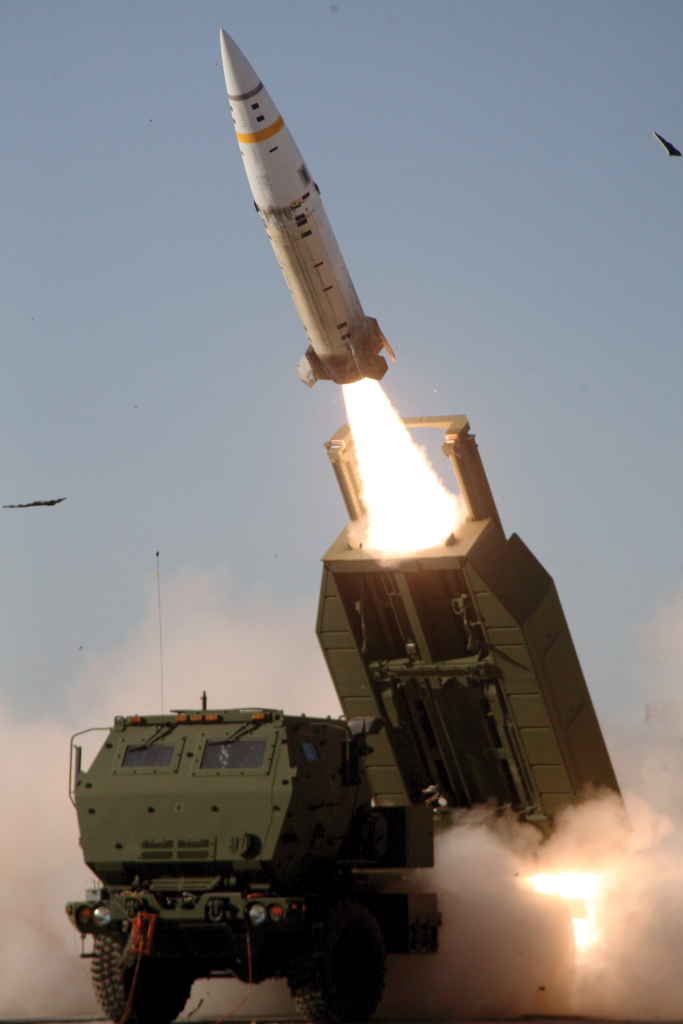
1. Tactical Missiles for Japan’s F-35 Fleet
A key pillar of the summit was Japan’s agreement to purchase US-made tactical missiles for its F-35 fighter jets, reinforcing its air combat capabilities amid heightened regional tensions. The acquisition does not only boost deterrence against potential adversaries but deepens interoperability with US forces.
For Washington, the deal underscores its role as a primary defense supplier to allies in Asia. For Tokyo, it represents a tangible step in the pledge to accelerate military modernization-a policy shift aligned with Prime Minister Takaichi’s commitment to raise defense spending to 2 percent of GDP.

2. Rare Earths and Critical Minerals Supply Chain Agreement
The leaders signed a framework agreement to secure rare earths and critical minerals with the aim of reducing dependence on China’s dominant market position. The pact covers cooperation in extraction, recycling, stockpiling, and investment in supply chains vital to defense, electronics, and energy sectors.
The White House says it aims “to support the resilience and security of critical minerals and rare earths supply chains for the mutual benefit of both countries.” The statement also promises to identify key projects, find solutions for supply gaps, and support derivative products including permanent magnets, batteries, catalysts, and optical materials. Analysts say implicit support for price floors could keep markets stable against strategic export restrictions.
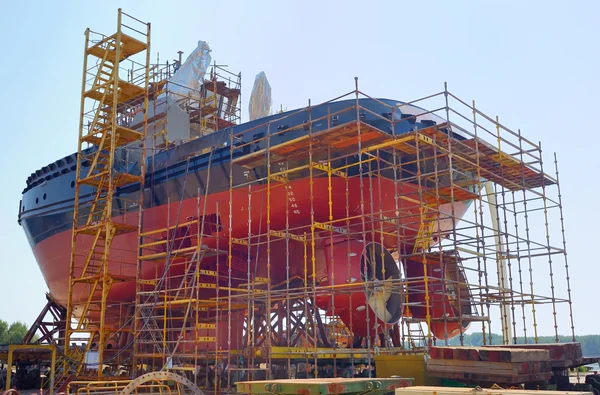
3. Shipbuilding Cooperation to Counter China
Japan and the US agree on a memorandum regarding the strengthening of their shipbuilding capabilities. The move is directed toward countering China’s growing market share in the global shipbuilding industry and creating resilience in maritime transport in a contingency.
The plan consists of a joint working group, encouragement of bilateral investments in shipyards, and the increase of efficiency and competitiveness. This cooperation reflects broader economic security concerns, as maritime transport remains a lifeline for both countries in terms of trade and defense logistics.

4. Economic Gestures to Cement Ties
Beyond defense and minerals, Takaichi is expected to offer a package of US investments under a $550 billion deal agreed earlier this year, including shipbuilding and increased purchases of US soybeans, natural gas, and pick-up trucks.
Such economic gestures serve dual purposes: they temper potential US demands for greater Japanese defense spending and reinforce the perception of a balanced, mutually beneficial alliance.

5. Symbolic Diplomacy and Personal Rapport
The meeting was rich in symbolic gestures: Takaichi presented Trump with late Prime Minister Shinzo Abe’s putter, a golf bag signed by professional golfer Hideki Matsuyama, and a gold-leaf golf ball. The gifts drove home personal ties and continuity in Japan’s approach to US relations.
In turn, Trump hailed Takaichi as “one of the great prime ministers” and congratulated her on being Japan’s first female leader. Such personal rapport might be parlayed into smoother negotiations and stronger political alignment.

6. Nobel Peace Prize Nomination as Political Currency
In a headline-grabbing move, Takaichi announced her intention to nominate Trump for the Nobel Peace Prize in recognition of what she called “unprecedented” efforts to secure ceasefires between Cambodia and Thailand and between Israel and Palestinian armed groups.
The move follows similar gestures by other leaders, such as Israel’s Benjamin Netanyahu and Gabon’s Brice Oligui Nguema, and seemed designed to curry favor with a president who makes no secret of how much he values recognition.

7. Meeting with Families of North Korean Abductees
Trump met with the families of Japanese citizens who had been abducted by North Korea in the 1970s and 1980s, telling them “the US is with them all the way.” The indication was that American support for the resolution of the issue would continue. Family representatives, like Yokota Takuya, drove the point of urgency home by mentioning that a girl abducted at 13 is now 61. The gathering reaffirmed the humanitarian element of the alliance and how US pressure can play a determinative role in what could be Pyongyang’s course of action.

8. Strategic Timing Ahead of Talks with Xi Jinping
The Tokyo summit came just days before Trump’s planned meeting with Chinese President Xi Jinping in South Korea. Rare earths are expected to be a key topic in those discussions, making the US–Japan pact a timely strategic signal. By locking in cooperation with Tokyo first, Washington strengthens its negotiating position with Beijing-particularly on trade and resource security.
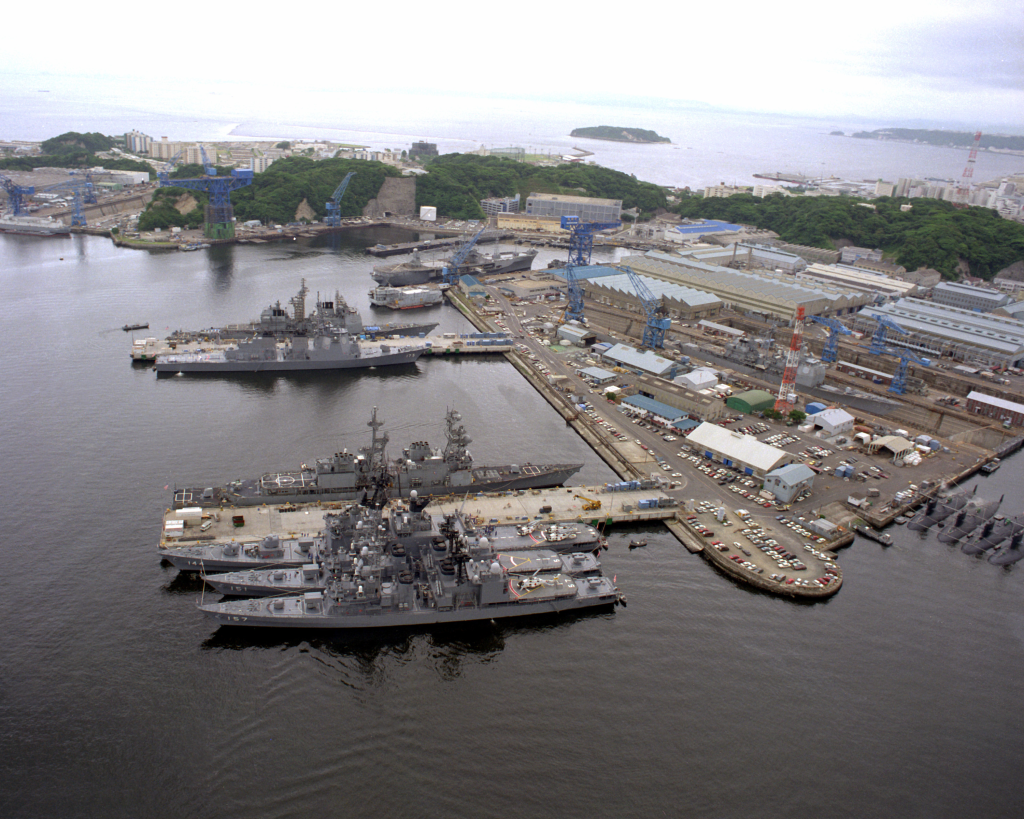
9. Naval Base Visit as a show of force
The visit, scheduled for Monday, would have taken Trump and Takaichi to the US naval base in Yokosuka, which hosts the aircraft carrier USS George Washington. A visit here underlines the long-standing US military presence in the country and its position concerning regional stability. Such high-profile appearances serve as reassurance to allies and a deterrent signal to potential adversaries that the alliance is operationally and symbolically robust. More than a ceremonial reaffirmation of friendship, the Tokyo summit between Trump and Takaichi produced concrete agreements on defense, economic security, and humanitarian issues, each reinforcing the other in a layered strategic framework. Combining military hardware deals, supply chain resilience measures, and personal diplomacy have positioned the two leaders for a more coordinated response to regional challenges and global market shifts.
